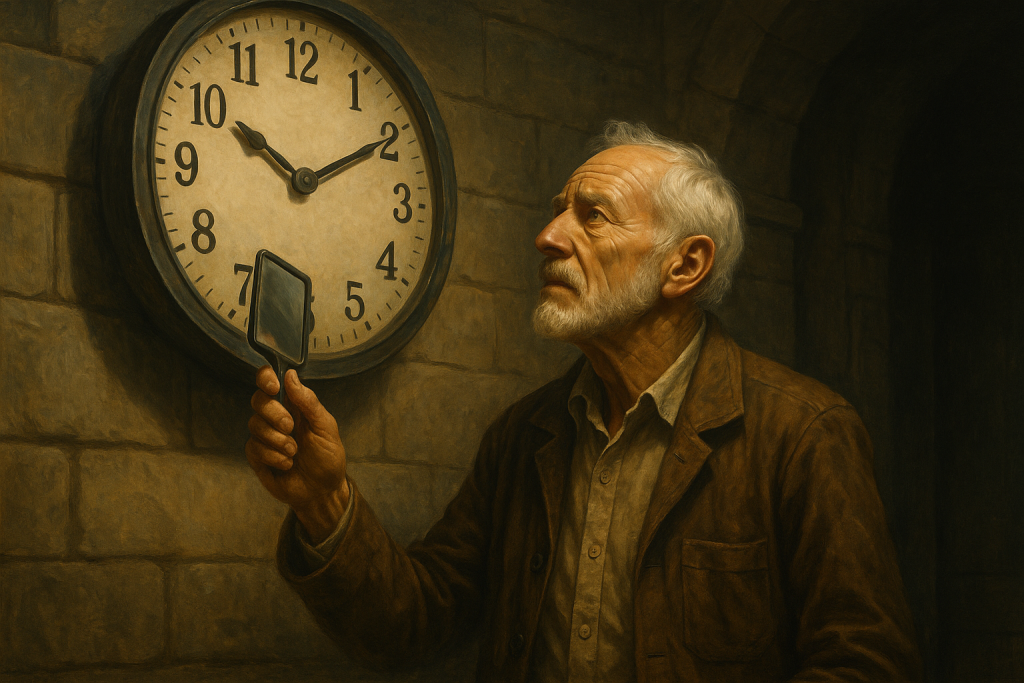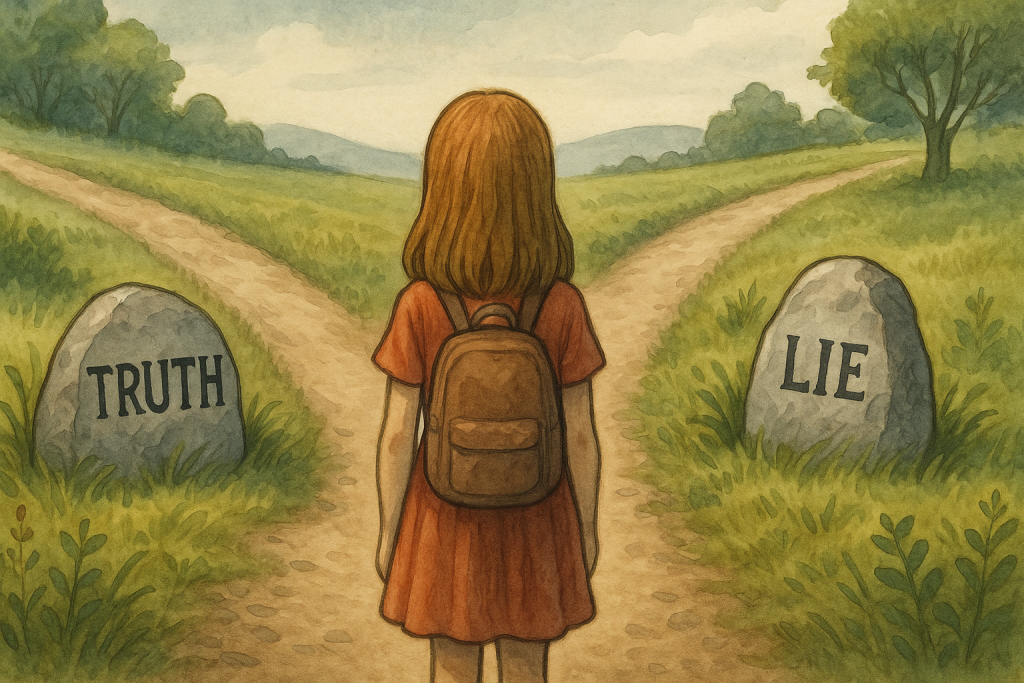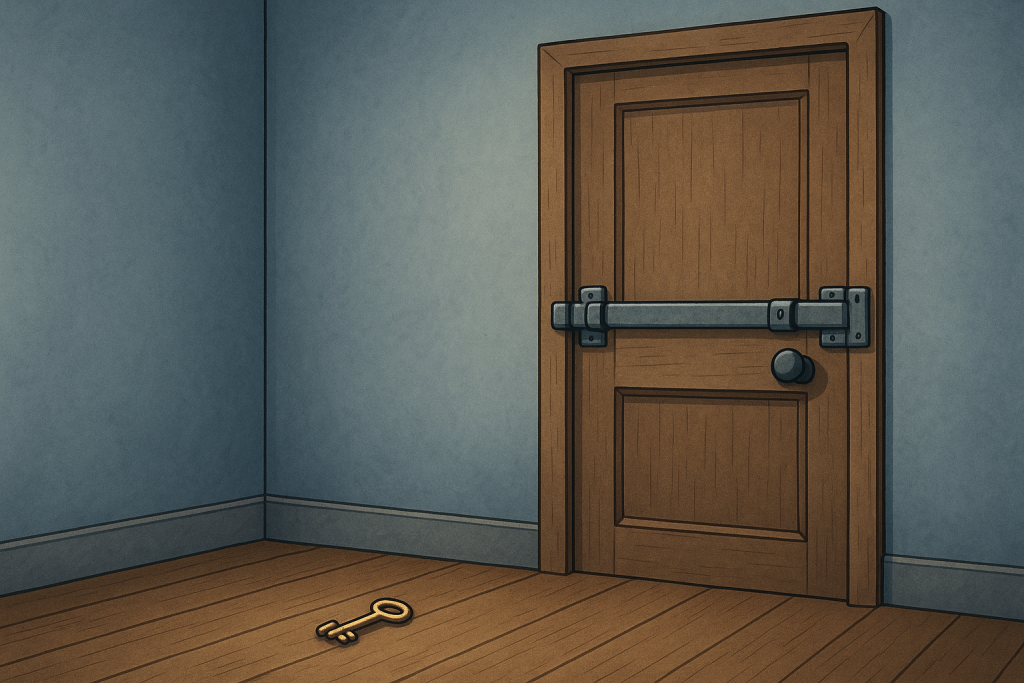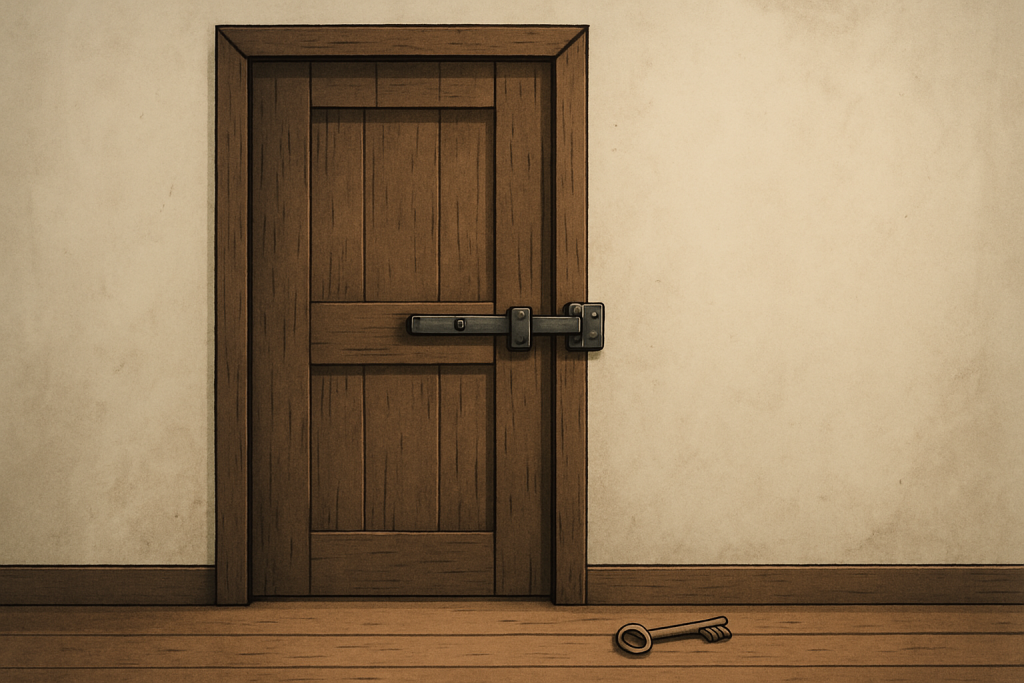Cher Joins the Latin Revolution — Fans Lose It Over Her Bold Promise to ‘Duet en Español’ with Bad Bunny!: “Give me four months, and I’ll be ready to duet.”
Cher Joins the Latin Revolution — Fans Lose It Over Her Bold Promise to ‘Duet en Español’ with Bad Bunny!: “Give me four months, and I’ll be ready to duet.” When Bad Bunny told the world they had “four months to learn Spanish,” Cher didn’t hesitate — she picked up the mic and the challenge. “I’ve already started learning Spanish — I’m a fast learner, darling,” she teased, sending the audience into chaos. But it was her follow-up that stole the night: “Music’s the real language — and Bad Bunny speaks it fluently.” Leave it to Cher to turn a viral moment into a standing ovation for art, pride, and pure star power
Cher Joins the Super Bowl Buzz with Bad Bunny — and Starts Learning Spanish to Celebrate a “Fearless Comeback”
Music legend Cher, whose career has spanned over six decades, has officially joined the wave of excitement surrounding

“Four months? I’m a fast learner, baby.”
During a surprise gala in Los Angeles, when asked about the growing conversation around Bad Bunny’s Super Bowl performance, Cher grabbed the mic and laughed:
“Four months? I’ve started learning Spanish — I’m a fast learner, baby!”
The crowd erupted as she added with her signature sass:
“Besides, music is the real language. And Bad Bunny? He already speaks it fluently.”
The audience responded with cheers and laughter, and Cher continued playfully:
“Give me four months, and I’ll be ready to duet. ¡Vamos, Benito!”
A legend uplifting another legend
Cher’s lighthearted comments quickly lit up social media, with fans celebrating the crossover between two eras of music. One tweet read:

“Cher is learning Spanish for Bad Bunny? That’s it — she’s the ultimate mother.”
Another joked:
“If Cher shows up at the Super Bowl speaking Spanish, civilization has peaked.”
Her comments highlight a new wave of unity in the entertainment world — where culture, age, and language barriers fade behind the power of music.
Singing beyond languages
Bad Bunny, who has often faced criticism for performing exclusively in Spanish, once said:
“I’m not here to make people comfortable — I’m here to make them feel.”
Cher, who has sung in French, Italian, and even Turkish over her career, backed his sentiment:
“Real artists don’t chase comfort — they challenge it. He’s doing exactly that, and I love it.”
She added:
“You don’t need to understand every word to feel the music. You just need a heart — and maybe some good speakers.”
Two generations, one message
Both Cher
As Bad Bunny gears up to bring Latin music to the Super Bowl stage and Cher brushes up on her Spanish, one thing is clear: the world’s about to witness a celebration of culture, connection, and the power of music that transcends language.
This Image Has People Perplexed. Can You Solve It?

Riddles and logic puzzles continue to capture the imagination of people around the world. They’re fun, yes, but they also help stretch the brain in unique ways – through reasoning, observation, and even intuition. The five puzzles below are brilliant examples of how the most unusual situations can often have the simplest explanations. Ready to think outside the box?
The Man Surrounded by Danger

In this scenario, a man stands surrounded by deadly threats on every side. To his right, a snake waits to strike. On his left is a tree that would topple into a lake full of crocodiles. Close by, a lion prowls the area. At first, there’s no path to safety and no clear way out. But the solution lies in waiting. If the man is patient, the lion will eventually go to the lake to drink, distracting the crocodiles. During this moment of confusion, the man can quietly slip away, unnoticed. This riddle proves that sometimes, survival depends more on timing and calm than brute force or speed.
A Clock You Cannot Touch

A man stands under a tall clock stuck at 12:30. It’s out of reach, and he has no tools or way to call for help. The only item he has is a mirror in his pocket. He manages to fix the problem without climbing or touching the clock, and within minutes, it’s showing the correct time again. The trick is in reflection. The man uses the mirror to reflect the face of the clock and reads the time in reverse from below. Mentally flipping the numbers tells him how far off it is. He then waits until the real time aligns with what the broken clock shows and announces that it’s fixed. It’s a great example of working smarter, not harder.
Truth or Lie at the Crossroads

A girl arrives at a fork in the road. One path leads to safety, the other to danger. There are stones at each path – one marked
The Case of the Missing Umbrella

A man places his umbrella by a bench in a park. Although he is facing the bench the entire time and no one approaches it, the umbrella still disappears. The riddle seems baffling – until nature enters the equation. The answer? A gust of wind likely carried it away while the man was distracted. It’s a simple solution that reminds us not all riddles are rooted in human trickery. Sometimes, environmental factors offer the clearest answer, even if we overlook them in the moment.
A Locked Room with No Lock

This puzzle describes a room with no windows, a bolted door, and a key on the floor. You’re told there’s no apparent way out, and it feels like you’re trapped. But a closer look at the details offers a way to escape. The solution is almost disappointingly simple. The bolt is purely decorative. The key means nothing. There’s no real lock holding the door shut – just push the door and walk out. This riddle is a classic example of how overthinking can trap us more than any physical barrier.
Misleading Labels and Mental Loops

What makes riddles like the crossroads puzzle so interesting is how they reveal the way our brains interpret labels and rules. When information contradicts itself, our minds struggle to trust even the most basic facts. But sometimes, stepping outside the mental loop is the only way forward. In this case, the girl discards the misleading words and relies on physical evidence instead. The moral is clear: when logic collapses on itself, let your senses lead you. A well-worn path may offer more clarity than a stone’s claim.
When Nature Becomes the Answer

The disappearing umbrella puzzle illustrates an important point: not all problems are man-made. In a world filled with misdirection, it’s easy to suspect foul play. But this puzzle shifts the lens toward environmental factors, which are often just as impactful. It teaches us to be mindful of our surroundings. A small breeze can be just as powerful in solving a puzzle as a clever thought. The lesson here? Never underestimate the forces at play beyond your control.
Escaping the Obvious Trap

The locked room puzzle thrives on false assumptions. From the outside, it seems like a classic case of needing the key to unlock the bolt and escape. But the true trick lies in realizing that everything in the room is just for show. By simply pushing the door, the illusion of difficulty fades away. It’s a great metaphor for many challenges in life. The things we perceive as barriers are sometimes just decorations. We just need the confidence to try the obvious.
Lessons Hidden in Every Puzzle

Each of these riddles teaches something unique – whether it’s patience, logic, environmental awareness, or the ability to trust your instincts. They show how easily we can overlook simple answers when caught in complex setups. And perhaps more importantly, they remind us that creativity, calm thinking, and a willingness to question what seems certain can often lead to the best results.




